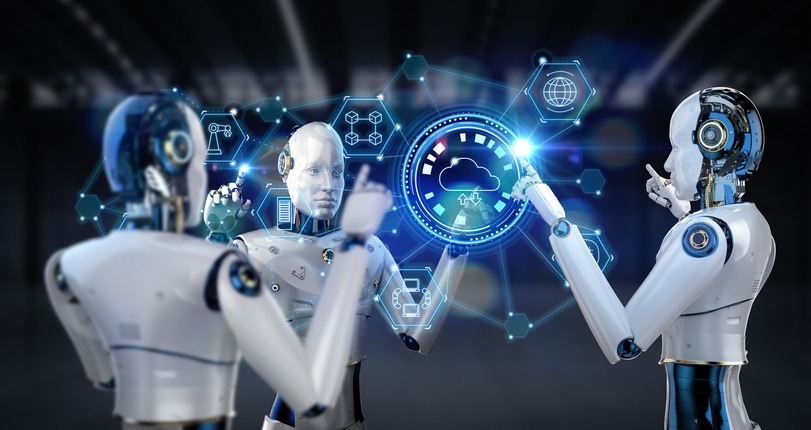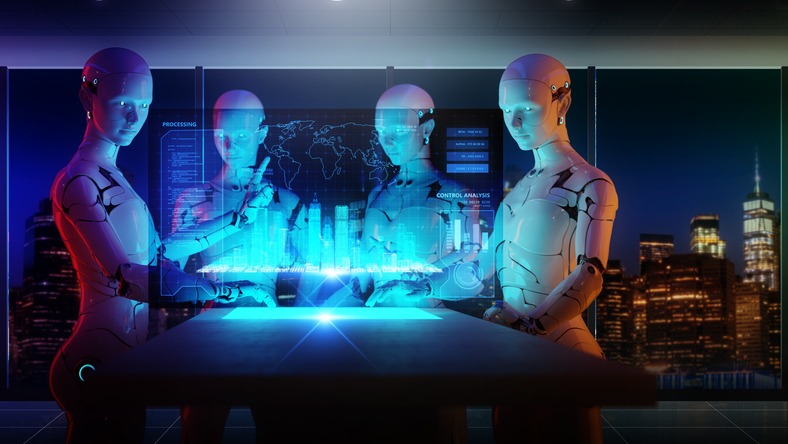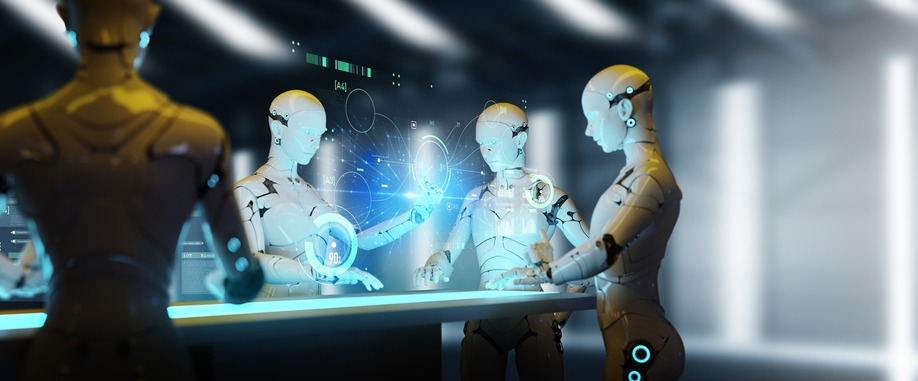As robotics technology continues to develop and engineers have come up with different types of robots, there is now a growing concern in the industry for the interoperability of robots.
The need for a universal solution is urgent as the market has seen the diverse designs of mobile robot fleets, which unfortunately created a problem across different industries worldwide.
Due to the increasing demand for robots, both start-ups and large companies around the globe are getting more attracted to automation. It is projected that there will be about 50,000 robotic warehouses worldwide by 2025, an increase from only 4,000 in 2018. While the sales of professional service robots- medical robotics, logistics, defense, and field robotics—increased by 61 percent in 2018, with over 271,000 robotic units being delivered to different companies globally.
Despite the familiarity of interoperability in the robotics industry, the application of this concept has yet to be seen with the continuous development of the technology.
“Interoperability is going to be key if we are going to see major roll outs of robotics in both industrial and public spaces. We are going to have some robots that will be working on the same mission together, while others will be doing other tasks, but still having to operate in the same shared space,” said Aaron Prather, Senior Technical Advisor at FedEx.
“If we don’t have some degree of interoperability to allow robots to communicate with each other their intent and mission, they will fail. Either by not doing their mission as intended or not in a safe manner. This latter point is very critical if humans may also be in the same shared space,” he added.
Interestingly, there are two major driving forces for interoperability in the robotics industry. First, there is a significant demand for mobile robots, followed by the diversification of robotic fleets. On the other hand, different robotics manufacturers design and supply these machines. There are plenty of hospitals, logistics centers, warehouses, and factories across the globe that have robots. But these robots are not communicating with each other. Hence, the need for robotics interoperability which allows the robots to communicate.
“With this diversification of robotic fleets, the industry needs to become more aware of the communication problems that a lack of robotics interoperability can cause. Besides, with robots becoming more autonomous, it is important that they begin to communicate effectively. The lack of robotics interoperability can, among others, lead to delays in operations, collisions, and serious accidents on the work floor,” said Michelle Schlechtriem in her Meili Robots report.
Schlechtriem acknowledged that robotics interoperability also serves the “extended focus” on other technology, such as Artificial intelligence, machine learning, Industry 4.0, enterprise resource planning (ERP), Internet of Things (IoT), B2B cloud integration solutions, and many more.
The call for interoperability in robotics is urgent so that many robots with different companies can be harmonized with each other.
“With the increase in demand and specialization of mobile robots, it is time for companies to find a way for these robots to communicate with each other,” the Association for Advancing Automation disclosed.
In 2019 alone, the attendees highlighted the term interoperability during the first conference on autonomous mobile robotics (AMRs) held in Louisville, Kentucky.
“It was mostly coming from end users, like myself, who were seeing issues starting to happen in our facilities where our pallet-moving robots were not playing nicely with our mopping robots,” said Aaron Prather, Senior Technical advisor-R&D, at FedEx in Memphis, Tennessee.
Like other tech experts, Prather was concerned about expanding their fleets of robots with other kinds of robots working in the same space or factory.
“We were already having problems with two different robots, so how ‘would we’ get past that issue so we could expand?” he asked.
As this developed, some robotics industry players introduced interoperability in the early stages. American organizations like MassRobotics joined hands with other groups to improve the interoperability in the technology.
In Singapore, Open Robotics collaborated with the Changi General Hospital to make a system that allowed plenty of robots from different manufacturers to act together in the shared space of the medical facility.

While in Germany, the Robot Report said that VDMA and its members looked at various solutions to make interoperability closer to reality.
ARM Institute also financed projects around interoperability. In January 2022, Siemens led a project that will show how it achieved interoperability at the FedEx DART facility in Memphis. The ARM Institute project includes other top robotics companies and groups such Waypoint Robotics, University of Memphis, Vecna Robotics, and Yaskawa.
“We have entered a crossroads within a crossroads. As an industry, I think we know interoperability is going to happen. What we don’t know yet is how are we going to do it,” said Prather.
“Robot manufacturers want to hold on to as much of the secret sauce that makes their robots unique, while also giving end users as many options in their heterogeneous fleets. There needs to be give and take on both sides. It is going to take more companies and organizations coming to the table,” he added.
On the project “Robotic Systems Interoperability and Integration,” the National Institute of Standards and Technology (NIST) reported that “solving this integration problem is difficult due to the poorly-understood nature of the underlying information.”
“This benefits large manufacturers and small job shops alike, both of which must continually reconfigure their production systems in response to dynamic market changes,” it added.

In summary, vendors of next-generation robots, manipulation tech, perception systems, and mobility platforms also find “benefit through the elimination of barriers to widespread adoption of their products, ensuring that the U.S. continues its manufacturing lead in these new areas.”
Some nations have been working on the advancement of interoperability standards, such as the German VDA 5050 and Version 1.0 of the MassRobotics Interoperability Standard.
However, the VDA 5050 focuses on Automated Guided Vehicle (AGV) standards and the MassRobotics Interoperability Standard focuses on the transmission of basic robot-to-robot data.
This development shows that there still is an urgent need for a standard interface with task management and fleet allocation designs that can operate any brand or type of robots, the NIST emphasized.


